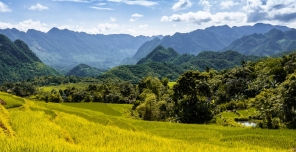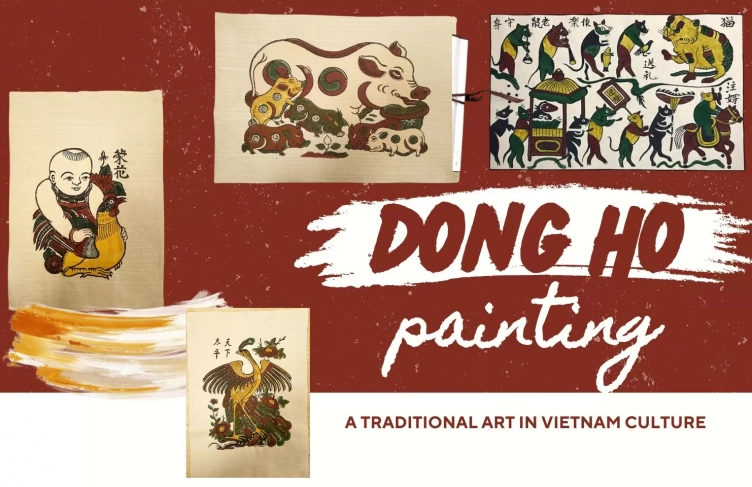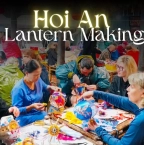
Vietnamese lacquer
Vietnamese lacquerware is an age-old art form that beautifully weaves together tradition and modernity. In the hands of skilled and passionate artisans, each piece becomes a refined creation, adorned with motifs drawn from nature, everyday life, and rich cultural symbols. Crafted meticulously on wood or bamboo, the process involves applying multiple layers of pure lacquer derived from a native tree. This is then enhanced through intricate engravings and delicate inlays, culminating in a lustrous, resilient finish that reflects both craftsmanship and cultural heritage.

Vietnamese lacquer: Timeless craft and enduring elegance
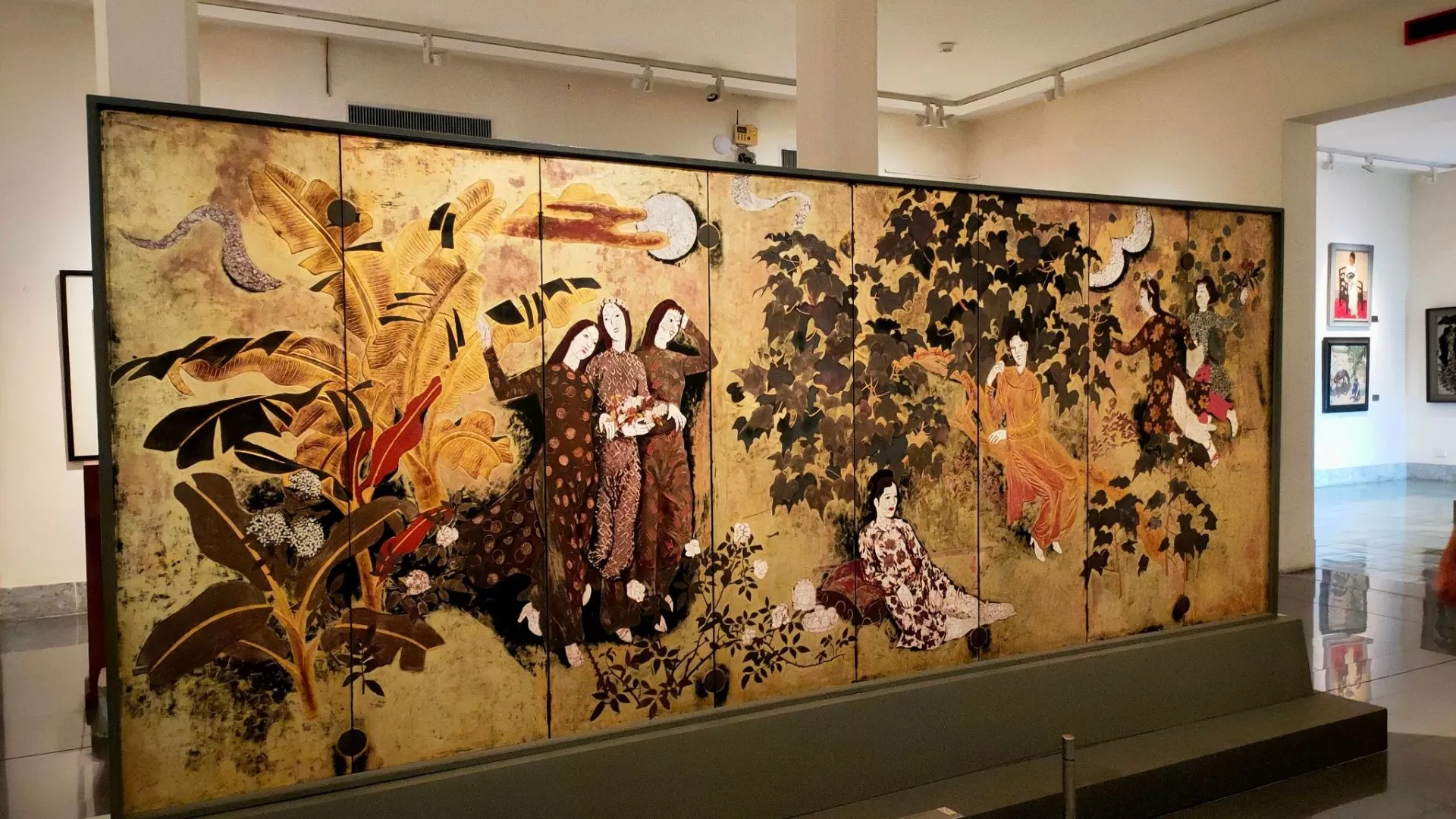
Remarkable artistic excellence!
An ancestral cultural heritage that demands a highly developed artistic and creative sense.
Over the centuries, thanks to lacquer artisans who have mastered a wide range of techniques, modernized their creations with more vibrant colors, expanded their artistic talents through contemporary designs, and continuously innovated in their daily work, Vietnamese lacquerware has become highly sought after, even on the international stage.
Lacquer paintings capture the very soul of Vietnam. From symbolic animals and mythological creatures to serene landscapes and scenes of everyday rural life, each piece blends tradition with modern aesthetics. These works are not only visually stunning but also play a vital role in enriching the nation’s cultural identity.
Creating lacquer art requires a unique blend of patience, precision, creativity, and exceptional skill—qualities found in those truly passionate about this delicate craft. The richness of Vietnamese lacquer also lies in the diversity of themes explored by artists.
Nature appears frequently in their works: blooming lotuses symbolizing purity, slender bamboos standing for resilience, graceful orchids, and vibrant plum blossoms that add harmony and brightness.
Equally iconic are the elegant silhouettes of women in ao dai and conical hats, and playful scenes of children.
Peaceful vistas of rice paddies and rivers dotted with sampans drifting among bamboo groves.
Geometric patterns inspired by modern art also enrich the visual language of lacquerware.
Animals hold symbolic meanings in Vietnamese culture: the dragon stands for power, the turtle for wisdom, the phoenix for renewal, and the buffalo for courage.
Beyond its beauty, lacquer is a remarkably durable material resistant to water, heat, and acids, making it not only a beautiful medium but also an ideal protective coating for objects.
The art of lacquerwork:
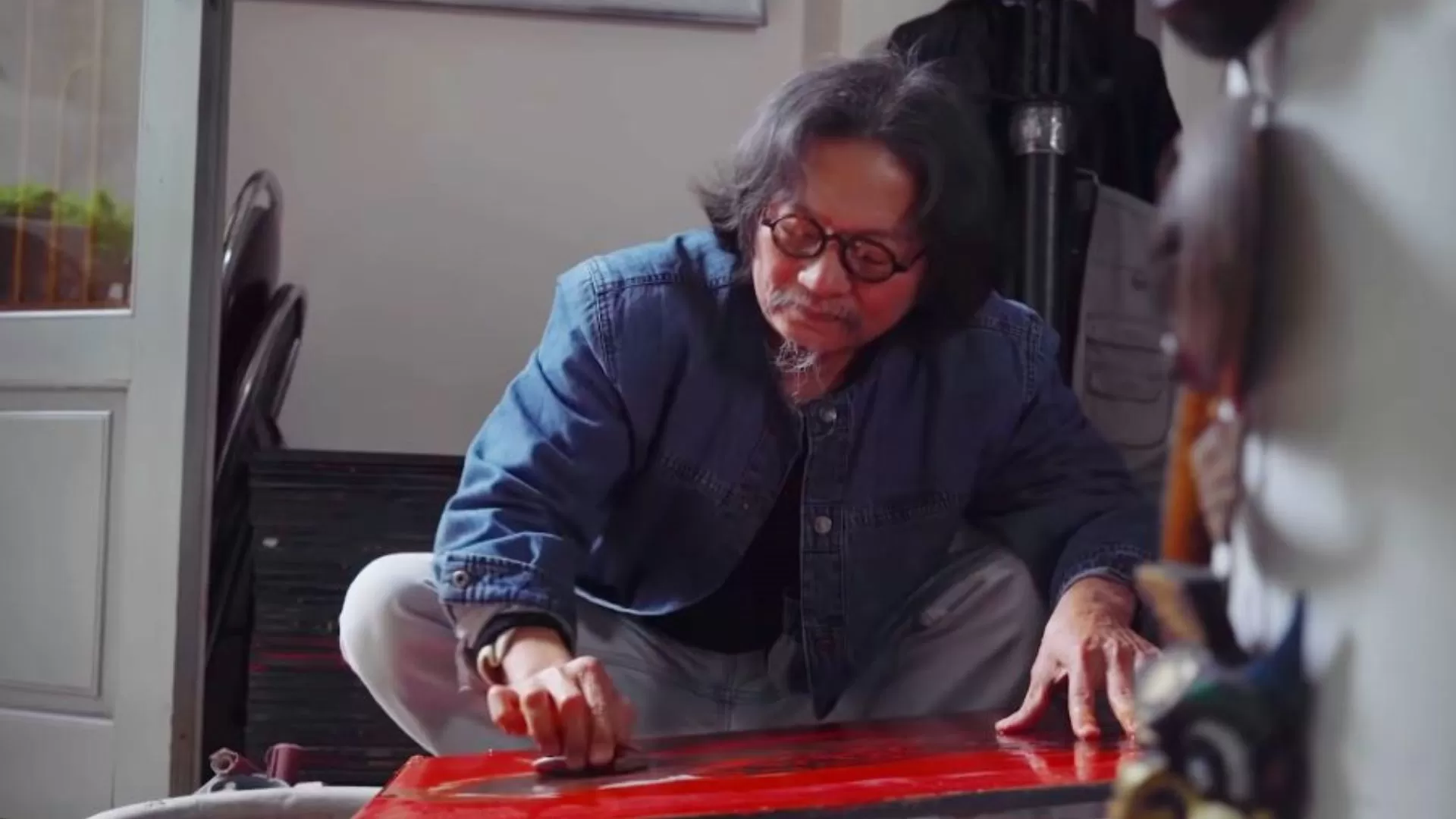
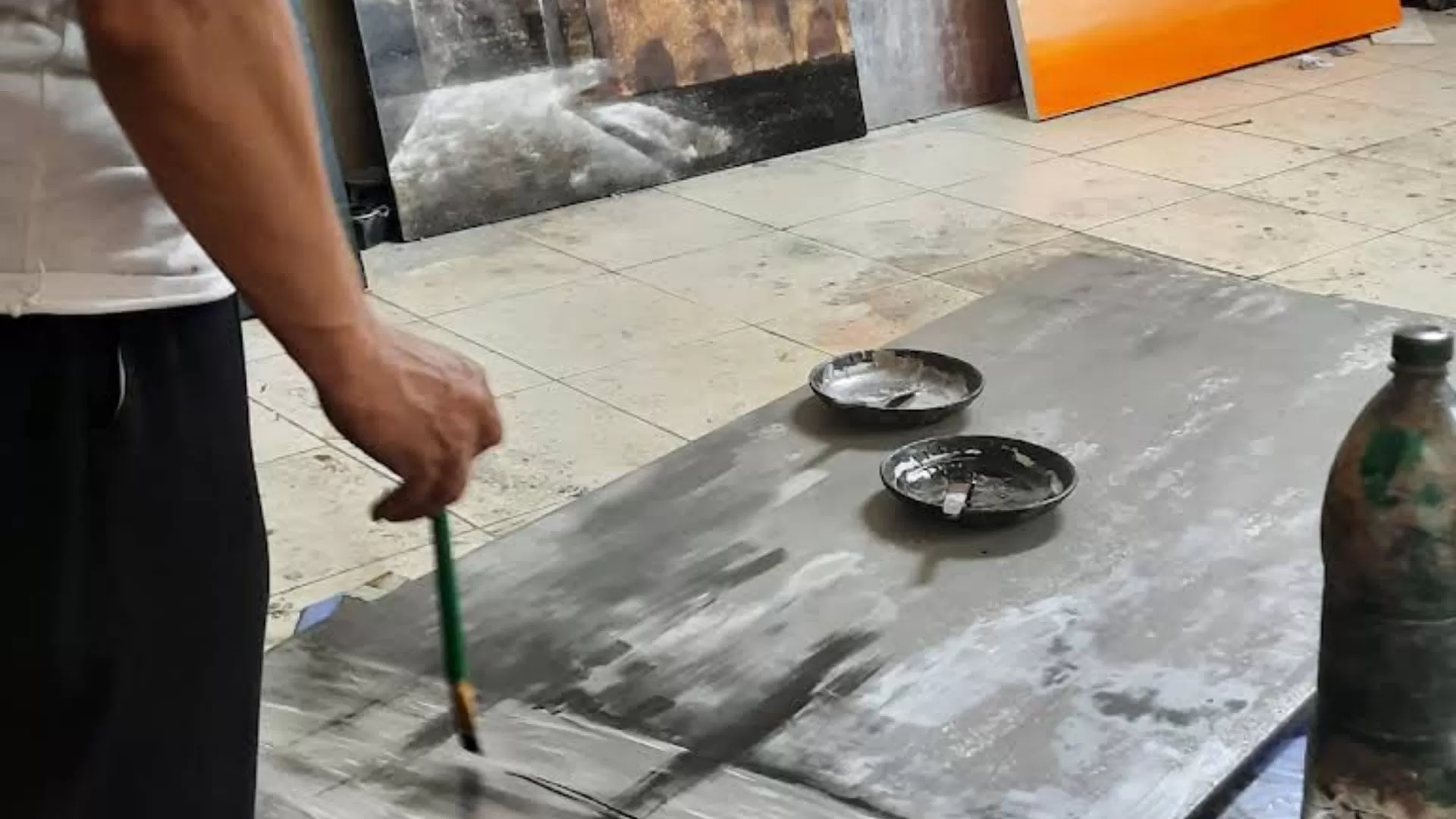
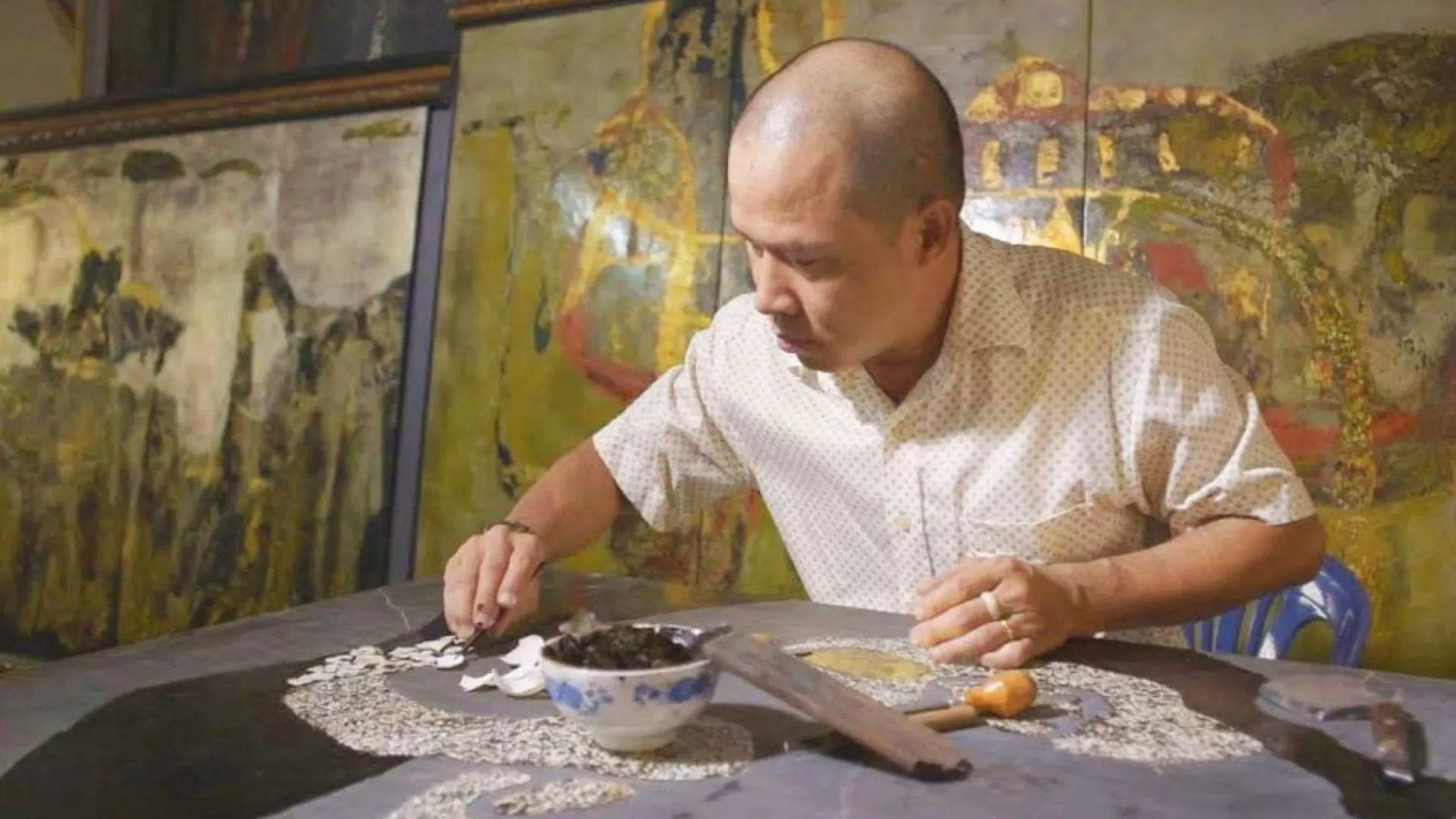
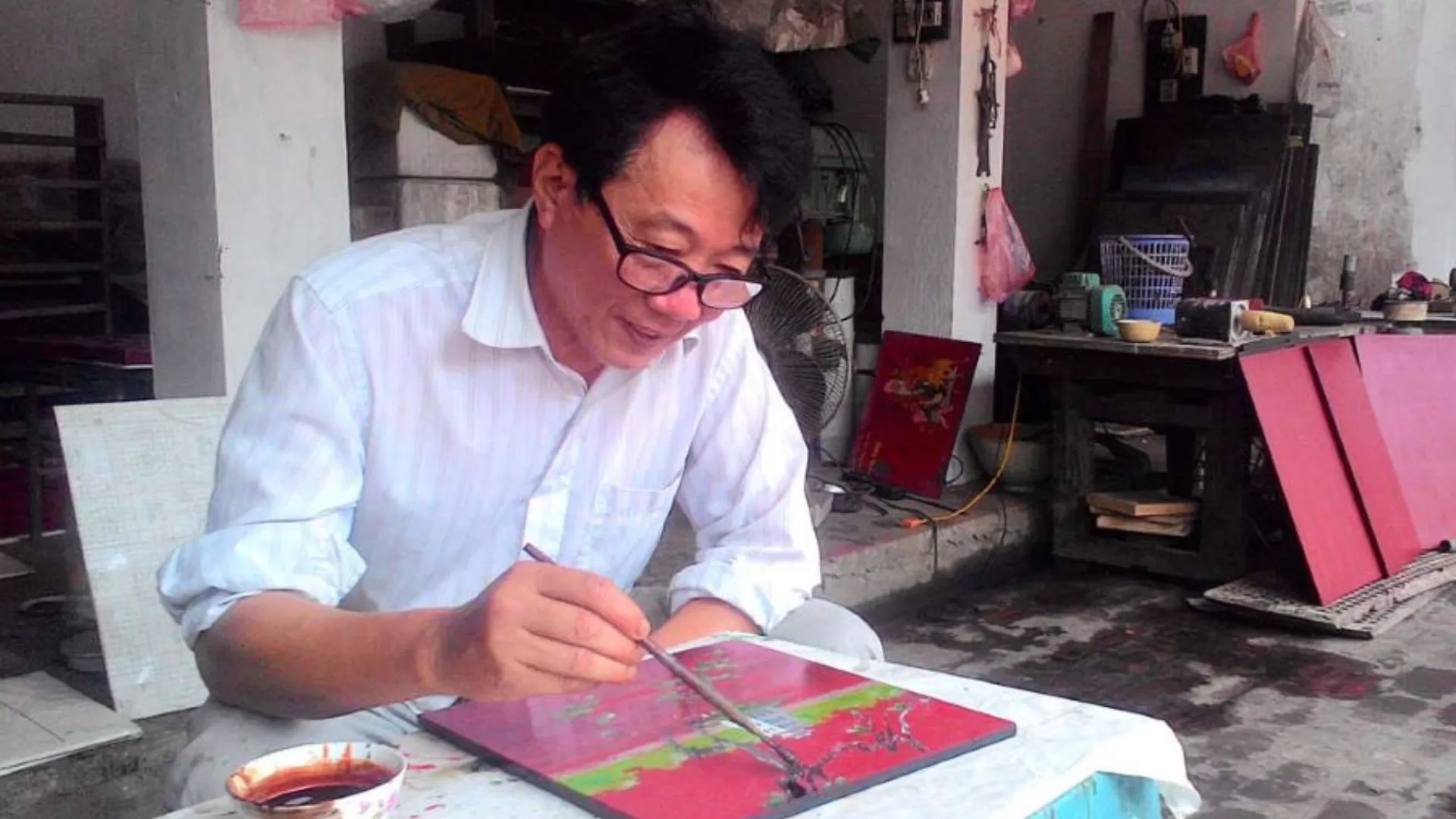
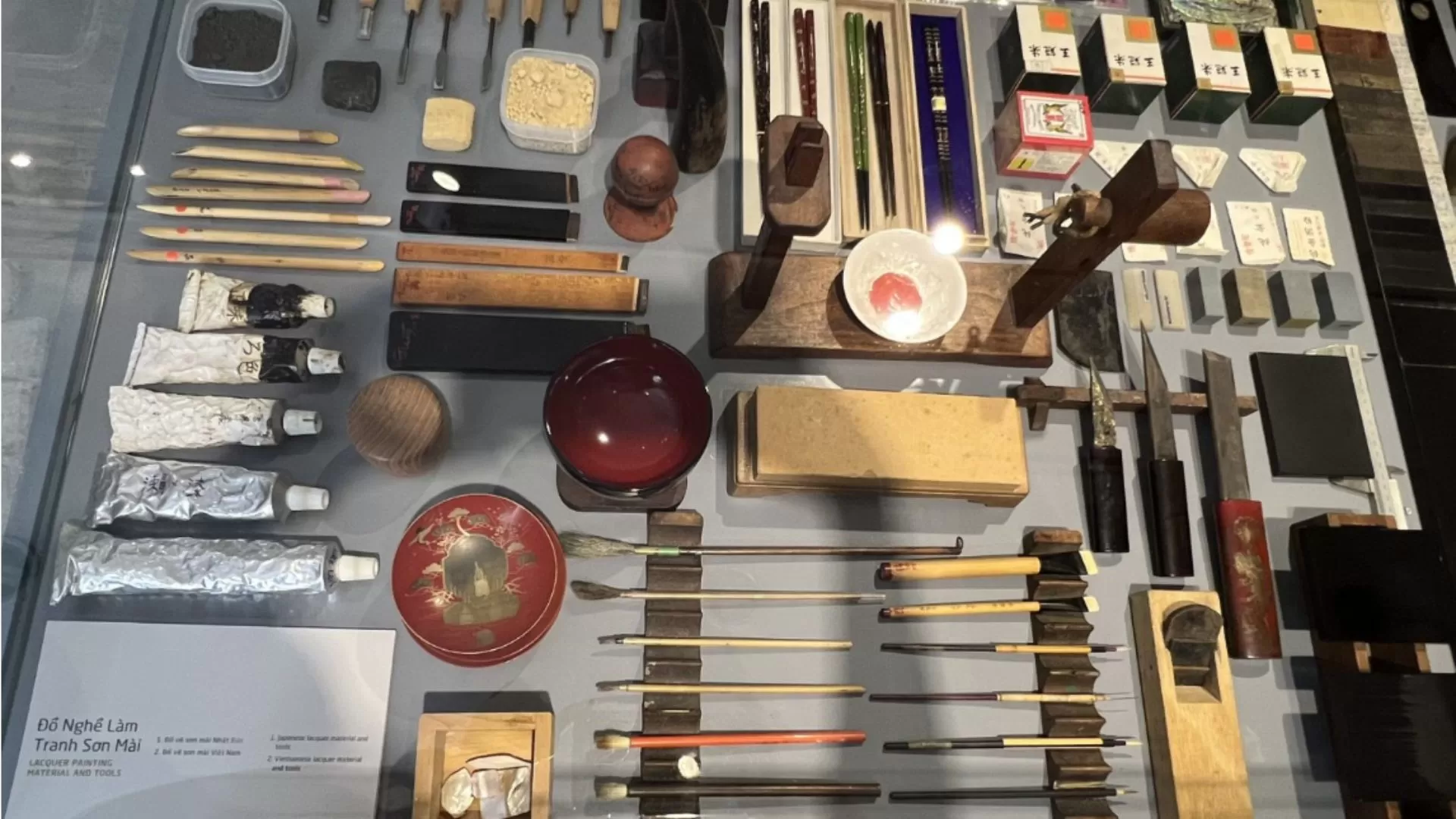
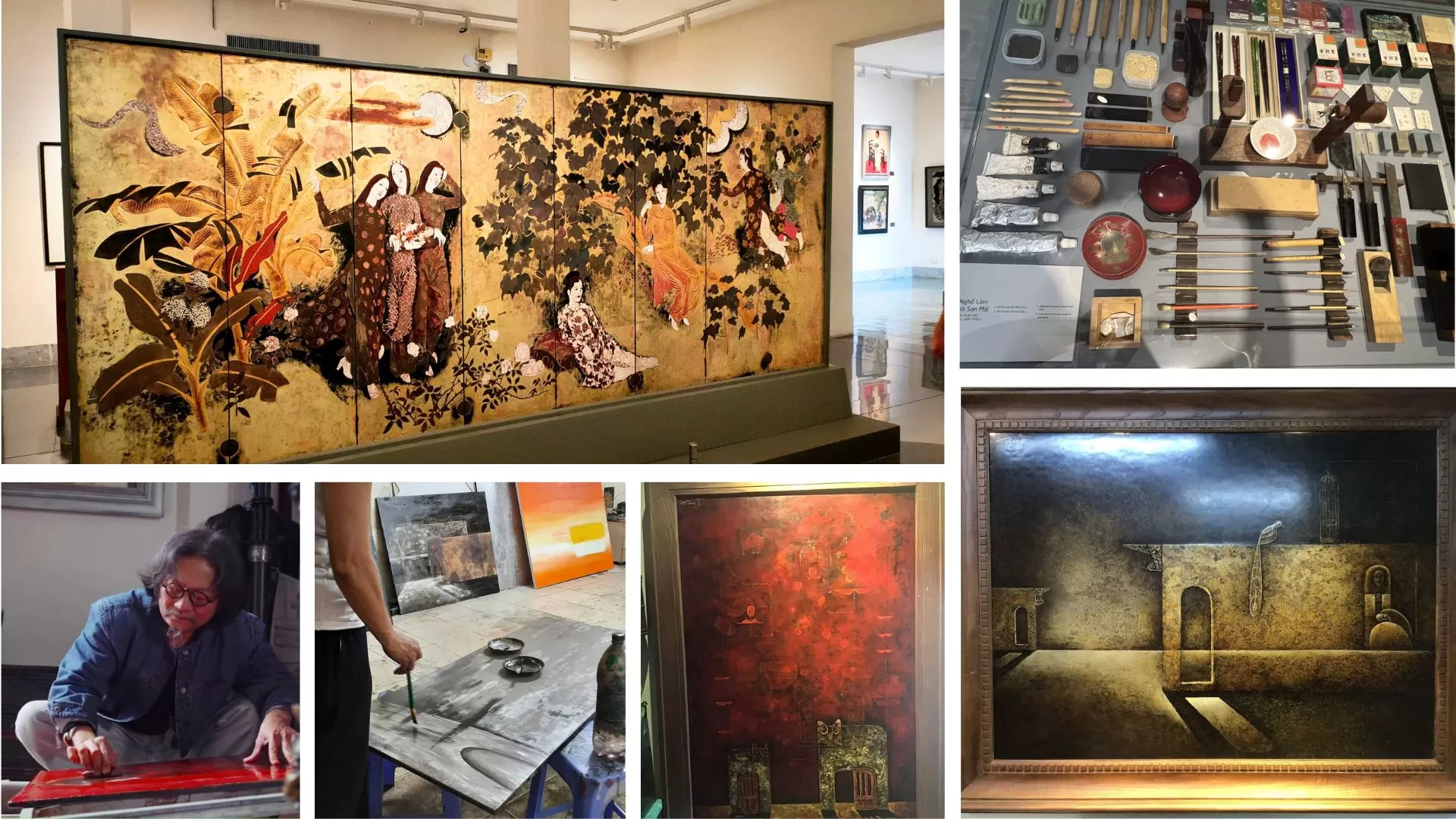
The process begins with a base made from wood or bamboo, which is carefully polished to perfection before being covered with a layer of tulle or silk.
The lacquer used to coat this base is a natural resin extracted from the Rhus succedanea tree, commonly known as the lacquer tree, which is cultivated in northern Vietnam, particularly in the Phu Tho region. The tree’s sap is carefully collected and filtered to produce a pure, workable lacquer.
Several layers of lacquer are then applied, with each layer left to dry thoroughly before the next is added.
The detailed work begins—drawing, engraving, and the inlaying of materials such as mother-of-pearl or eggshell, depending on the artist’s choice.
After the engraving, the lacquer surface can be colored in the desired shades. It is then carefully sanded again, using ultra-fine sandpaper and water, as well as specialized polishing tools, to reveal the inlays. This meticulous sanding continues until a flawlessly smooth, glossy surface is achieved, free of any imperfections.
Dream about your trip to Asia, in private
We are here to make it happen with youFREE QUOTE, WITHOUT OBLIGATION







